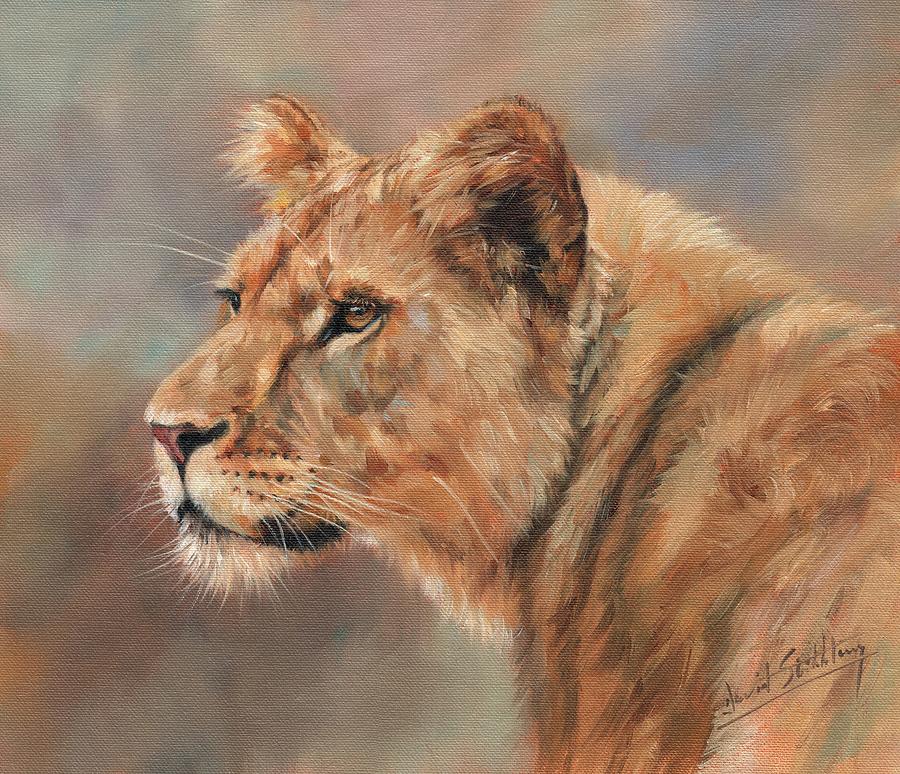

sinhaleyus was a fossil carnassial excavated in Sri Lanka, which was attributed to a lion. Other lion subspecies or sister species to the modern lion existed in prehistoric times: Skull of an American lion on display at the National Museum of Natural History This result suggested that the taxonomic position of lions in Central Africa may require revision. leo in mtDNA-based phylogenies, but with a high affinity to P. Genome-wide data of a wild-born historical lion sample from Sudan showed that it clustered with P. Researchers therefore assume Ethiopia is a contact zone between the two subspecies.

Lion samples from some parts of the Ethiopian Highlands cluster genetically with those from Cameroon and Chad, while lions from other areas of Ethiopia cluster with samples from East Africa. leo leo in mtDNA-based phylogenies whereas their genomic DNA indicates a closer relationship with P.

DNA analysis from a more recent study indicates, that Central African lions are derived from both northern and southern lions, as they cluster with P. However, there seems to be some degree of overlap between both groups in northern Central Africa. It has been referred to as 'southern subspecies' and 'southern lion'. melanochaita ( Smith, 1842) − includes the extinct Cape lion and lion populations in East and Southern African regions. Multiple authors referred to it as 'northern lion' and 'northern subspecies'. leo (Linnaeus, 1758) − the nominate lion subspecies includes the Asiatic lion, the regionally extinct Barbary lion, and lion populations in West and northern parts of Central Africa. In 2017, the Cat Classification Task Force of the Cat Specialist Group revised lion taxonomy, and recognises two subspecies based on results of several phylogeographic studies on lion evolution, namely: īetween 20, IUCN Red List assessors used only two subspecific names: P. In the 19th and 20th centuries, several lion type specimens were described and proposed as subspecies, with about a dozen recognised as valid taxa until 2017.

Range map showing distribution of subspecies and clades The generic name Panthera is traceable to the classical Latin word 'panthēra' and the ancient Greek word πάνθηρ 'panther'. The Hebrew word לָבִיא lavi may also be related. The English word lion is derived via Anglo-Norman liun from Latin leōnem (nominative: leō), which in turn was a borrowing from Ancient Greek λέων léōn. Cultural depictions of lions were prominent in Ancient Egypt, and depictions have occurred in virtually all ancient and medieval cultures in the lion's historic and current range. Lions have been kept in menageries since the time of the Roman Empire and have been a key species sought for exhibition in zoological gardens across the world since the late 18th century. One of the most widely recognised animal symbols in human culture, the lion has been extensively depicted in sculptures and paintings, on national flags, and in contemporary films and literature. Although the cause of the decline is not fully understood, habitat loss and conflicts with humans are the greatest causes for concern. Lion populations are untenable outside designated protected areas. It has been listed as Vulnerable on the IUCN Red List since 1996 because populations in African countries have declined by about 43% since the early 1990s. During the Neolithic period, the lion ranged throughout Africa, Southeast Europe, the Caucasus, Western Asia and northern parts of India, but it has been reduced to fragmented populations in sub-Saharan Africa and one population in western India. It is usually more diurnal than other wild cats, but when persecuted, it adapts to being active at night and at twilight. The lion inhabits grasslands, savannas and shrublands. The lion is an apex and keystone predator although some lions scavenge when opportunities occur and have been known to hunt humans, the species typically does not actively seek out and prey on humans. Groups of female lions usually hunt together, preying mostly on large ungulates. A lion's pride consists of a few adult males, related females, and cubs. It is a social species, forming groups called prides. It is sexually dimorphic adult male lions are larger than females and have a prominent mane. It has a muscular, broad-chested body, short, rounded head, round ears, and a hairy tuft at the end of its tail. The lion ( Panthera leo) is a large cat of the genus Panthera native to Africa and India. Historical and present distribution of the lion in Africa, Asia and Europe


 0 kommentar(er)
0 kommentar(er)
